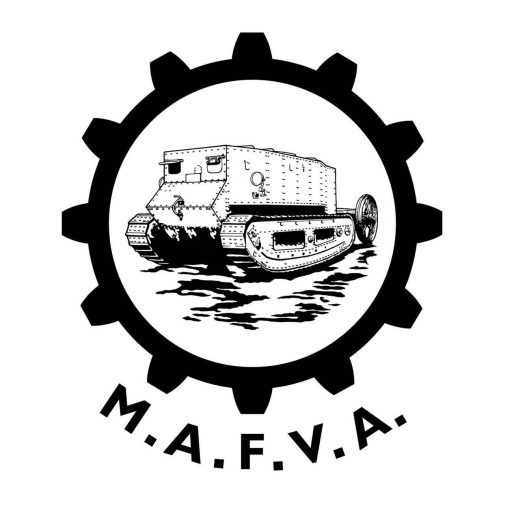Looking through the web there is a huge amount of builds which are great to pick up tips from. I am surprised how many North African tanks, so 41 42 in desert camo have very prominent rust. ... in the desert. I suppose these were transported by sea, often on deck in the salt air but there is also pictures of wrecks today , still in the Desert 80 years on that are not really rusty. My experience of tank paint is it was applied with a spade and sets like concrete

Most of these 8th army tanks then travelled up italy in late 1943 i think, we think of Monty's 8th army as a desert unit but i often travel past the 8th army memorial at what was their base in the UK and the Cromwell IV tank outside has little sign of rust and its been there for many years in the British weather ......
But then green is not going to show rust like a yellow tank.
I would think a lot of British tanks were land locked on our small island until let lose in June 1944. Most i would imagine would be new and if i know the British army, polished with a tooth brush most days

However once in combat running through trees and walls/buildings i can imagine they detreated quite quickly but a lot of build seem to show fading ? things dont fade in the European theatre, as any one from the black forest

or easy company...
I suppose the answer is you can do what you like and pretty much invent a scenario that backs up your choice but as everything was olive drab by 1944 its going to be hard to make a tank look very worn in this scale without some artistic licence...well quite a lot actually.
Pity i cant find more colour pictures from the time but i think MUD was the order of the day.
My research continues.
On a different note i think i need a new airbrush. At present i use a Paasche VLS which is great for larger areas like 1/48 ands 1/32 aircraft camo but i think even the smallest tip available is .5mm and i need to be down at about .2mm i think with tank detail at 1/35.
Looking at a Iwata Eclipse HP CS Dual Action ? any one used one of these ?


